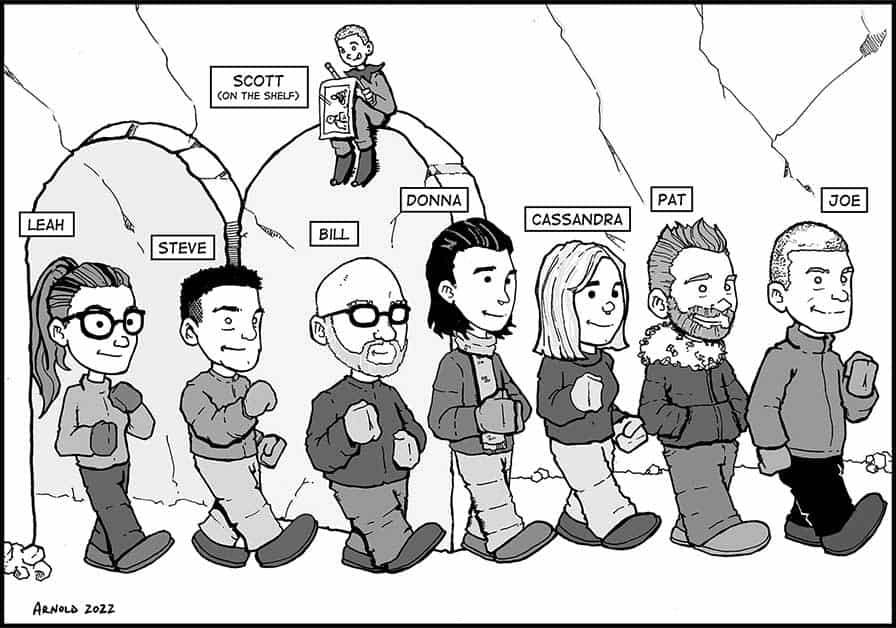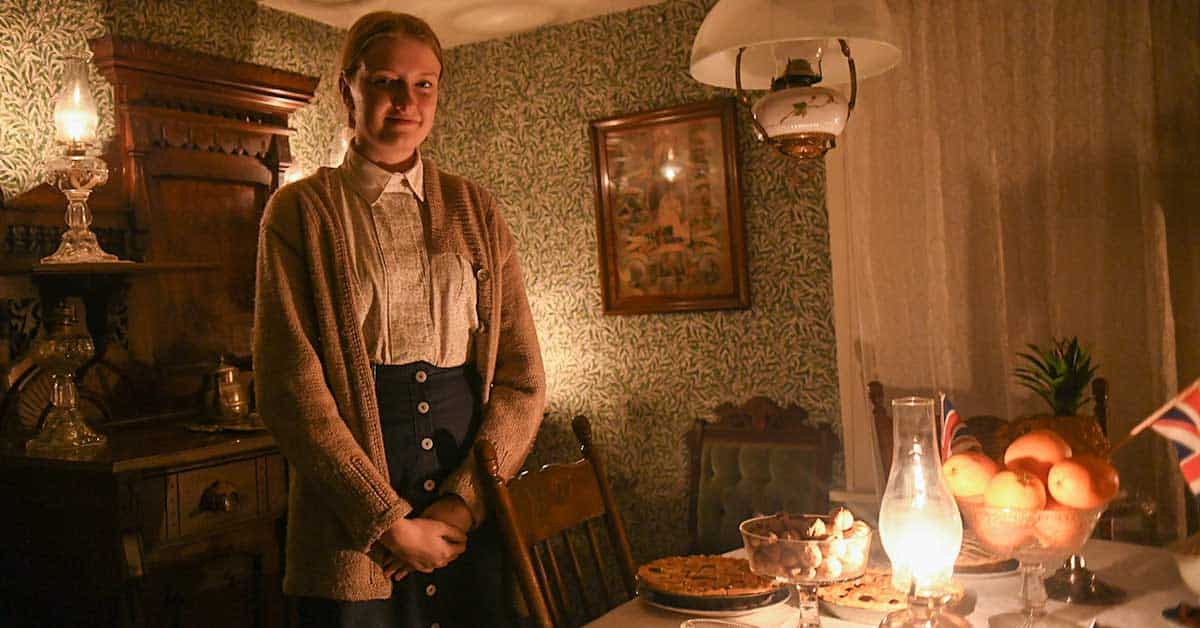;
;
;
Next Article
The View From Here: December 22, 2022

The smell of burning kerosene seems almost familiar to someone walking along the lantern-lit paths in Doon Heritage Village during the holidays. Afterall, it wasn’t so long ago that burning fuel in a lantern was the norm when it came to lighting your way. The Friends of Ken Seiling Waterloo Region M
Last updated on May 03, 23
Posted on Dec 22, 22
5 min read
